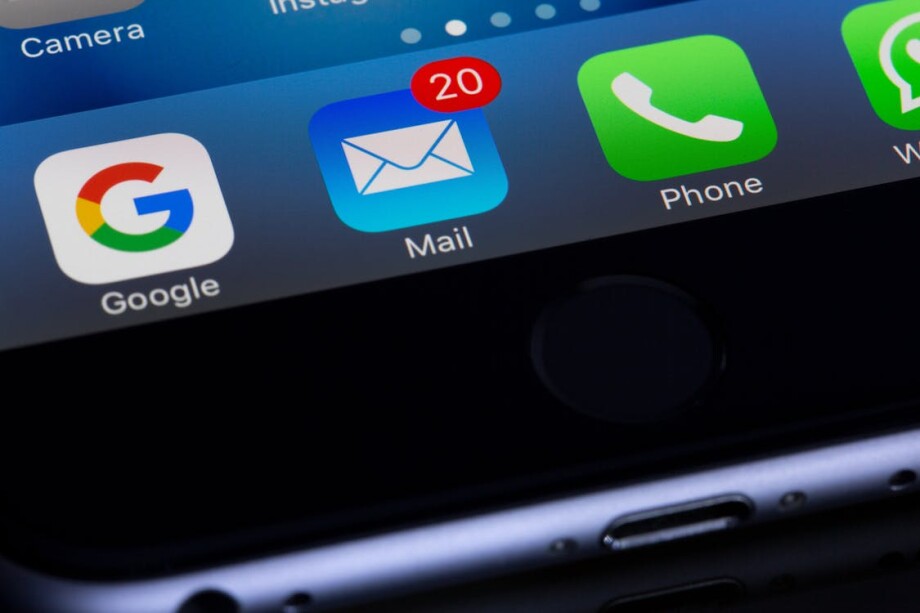If you are a teacher and you are reading this, it means you are either tired of receiving half-formulated emails, seeing poor structures and confusing subject lines or you have it in your curriculum to polish the email writing skills of your students. In both cases, you are in the right place.
If you are a learner of English and want to check out some useful tips on how to improve your business correspondence, you are in the right place as well.
Business correspondence is one of the most important skills of people in business nowadays, as their job success might depend on it. Writing a neat and accurate email equals being considered as a good professional especially when the people on the other side of the email are your business partners and are expecting to see a good command of written communication.
Here are some ideas that will help you structure better emails.
Define the goal of the email
Why are you writing the email? What is the message you want to communicate? Understanding the aim of the email will help you wrap your ideas around what you are going to say and avoid unnecessary redundancies and sharing irrelevant information.
Write a clear subject line
Quite many emails are sent to the recipient’s spam folder because of confusing, unclear subject lines. The subject line is the part of the email which gives the reader the idea of what he will be reading about in the email. It should be short, to the point and interesting enough for the reader to open the email.
You can read more about subject lines here.
Start with the fixed chunks
All the emails have to follow a structure — a greeting, an opening phrase, a closing phrase, signing off. Start with those as those are the parts you don’t need to think about. After that, pass on to the main message of the email. Using the typical phrases of writing emails will help you sound more professional.
Here is a list of phrases that you might find useful.
Structure the body of the email
The main message of the email should be clear and understandable not to raise any additional questions unnecessarily. Think of what you want to say and put it down in a simple but constructive format. Don’t use complicated words and expressions as it is not a language exam. Try to convey the message with the terminology of the profession you are working in.
Make your text visually friendly
Use consistent fonts and styles, preferable those that your organization has adopted.
Avoid using too many coloured texts, it’s better to highlight the important information by bolding or italicizing it.
Forget about writing in CAPITAL LETTERS as the message it conveys is ‘shouting’ and you don’t want to sound rude.
Use numerical order or bullet points to make your text look more friendly to the eye.
Follow the email etiquette
Like all types of business correspondence, you should follow certain etiquette when writing an email. Make sure you keep the level of formality when composing your email, consider who your recipients are, and take into account not only the message you want to communicate but also the language you are writing in. We know that English is considered a more indirect language than Russian or Armenian for that sake, so when communicating with people from a different culture and using English a means, consider the rules of the language as well.
On top of the above mentioned, here are some more ideas on what good email etiquette is.
A bonus for you
- Look through the phrases here and decide which ones are more and less formal.
- Complete the exercises here and check with the answer key.
Let us know what other tips and tricks you know and use to make your business correspondence more effective.






 Маргарита Аветисян
Маргарита Аветисян 
 Вероника Аветисян
Вероника Аветисян 


